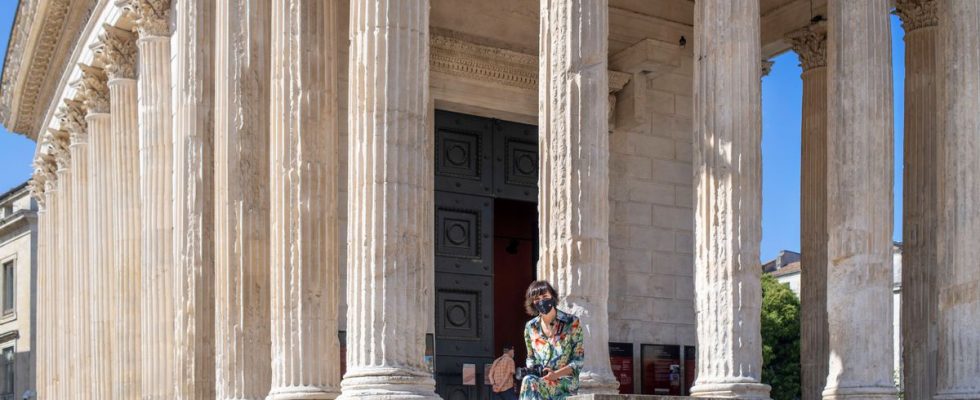Forty-two years after its neighbors Arles and Orange, 28 years after Avignon, will Nîmes in turn join the circle of cities listed by UNESCO? “French Rome”, as it is sometimes nicknamed for its numerous Roman remains, is defending its candidacy for the precious sesame at the 45th session of the World Heritage Committee in Saudi Arabia at the start of the week.
“We are confident but cautious,” specifies the mayor of Nîmes, Jean-Paul Fournier (LR). Cautious, because in 2018, the application of the Gard prefecture was rejected by the committee. Confident, because she refocused on the only Square House. This Roman temple (which is neither a house nor a square) is one of the best preserved in the world. Built under the first emperor, Augustus (between 10 BC and 4 AD), it saw many uses over the centuries, before being restored, notably in 2006 and 2010.
In 2018, the cold shower
In 2018, Icomos (the international committee of monuments and sites), the consultative organization on which the Unesco committee generally relies to award the precious label, advised Nîmes to postpone its application. It then covered the entire city. The Nîmes councilors had not taken this into account. They were unsurprisingly turned away during their big oral exam. This time, Icomos is much more enthusiastic and has issued a positive opinion which changes a lot of things.
Nîmes’ application to finally obtain this precious label is on track. But not entirely acquired yet. Since 1994, UNESCO has rebalanced the properties recognized as world heritage. “Its objective is to ensure that the list reflects the cultural and natural diversity of properties of exceptional universal value,” underlines UNESCO in its convention, adopted that year. Since then, representatives of the Old Continent, until now over-represented in world heritage, must present very solid applications to join the circle of sites already labeled.
Geographic rebalancing at the expense of Europe
“We will continue to do everything to convince until the last minute of the merits of our approach and the arguments of Maison Carrée because nothing has yet been done,” explained Jean-Paul Fournier before boarding the plane to Riyadh. Our Roman temple is in an exceptional state of conservation, thanks in particular to the restorations that we undertook from 2006 to 2010 and which allowed, after thousands of hours of work by stonemasons, to reveal the full splendor of the monument. Inscription on the UNESCO list would allow us to share this exceptional heritage with all of humanity.” And to give a big boost to tourism. Studies estimate a 30% increase in tourist flows when cities (or the monuments that make them up) are recognized as world heritage sites.
Before the 45th session of the World Heritage Committee, 1,157 properties were inscribed on the UNESCO World Heritage List. Among them, 900 cultural properties, 218 natural and 39 mixed. If it were to be inscribed, the Maison Carrée de Nîmes would be the fiftieth French property to receive this universal distinction. The verdict is due to be delivered this Monday.
Founded by the first Roman emperor, Augustus and dedicated to Caius and Lucius Caesar, his grandsons and adopted son, the Maison Carrée was first a temple. But it has served many purposes during its two millennia of existence. Apartments or refuges (as the neighboring arenas were in the Middle Ages), museums, churches, prefectures or even stables. It required several restoration works to restore it to its original luster. In the meantime, it was almost dismantled stone by stone and rebuilt at Versailles, on the orders of Louis XIV. But his general condition at the time ultimately prevented him from making this move. It has been listed as a historic monument since 1840.

